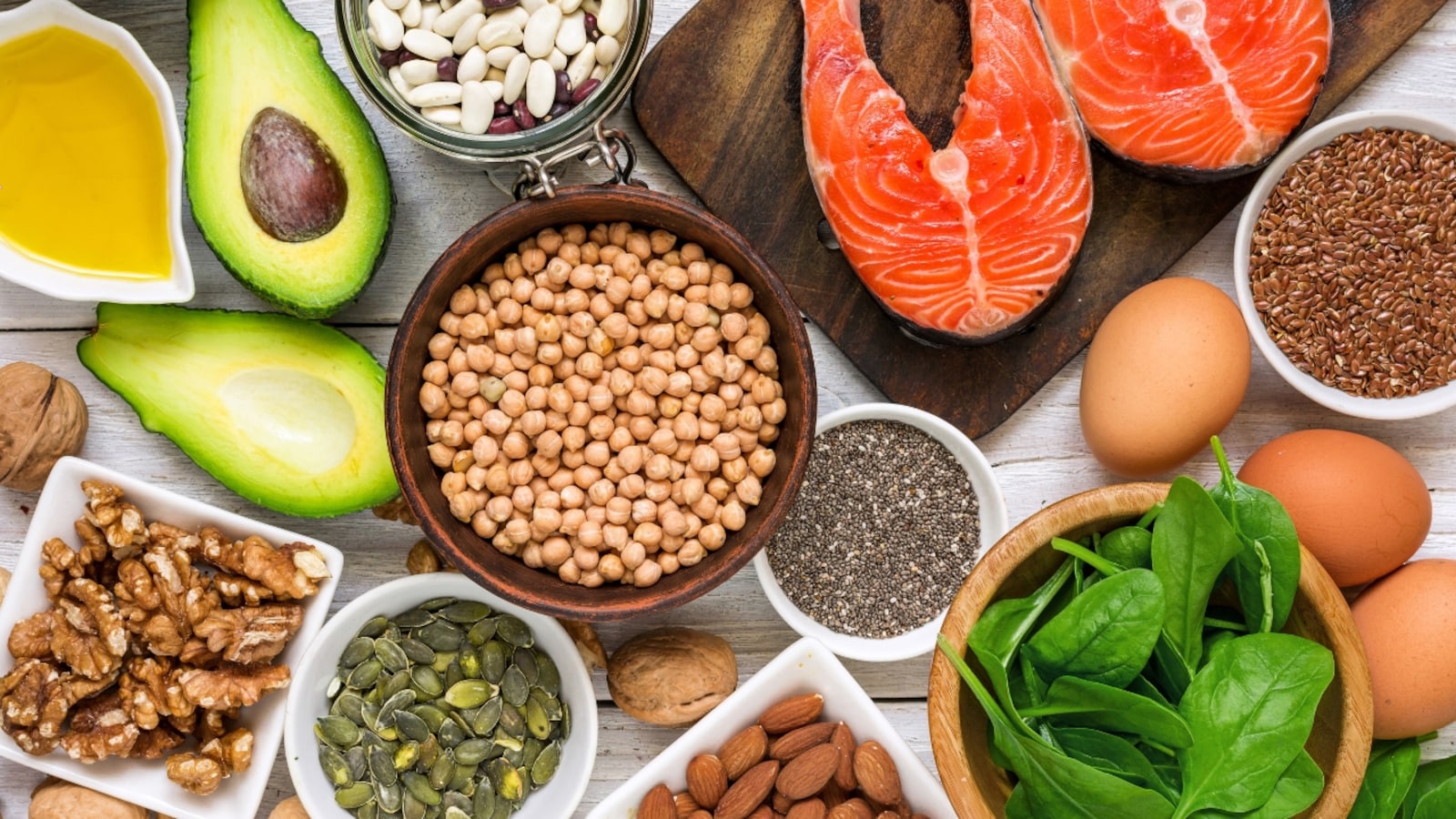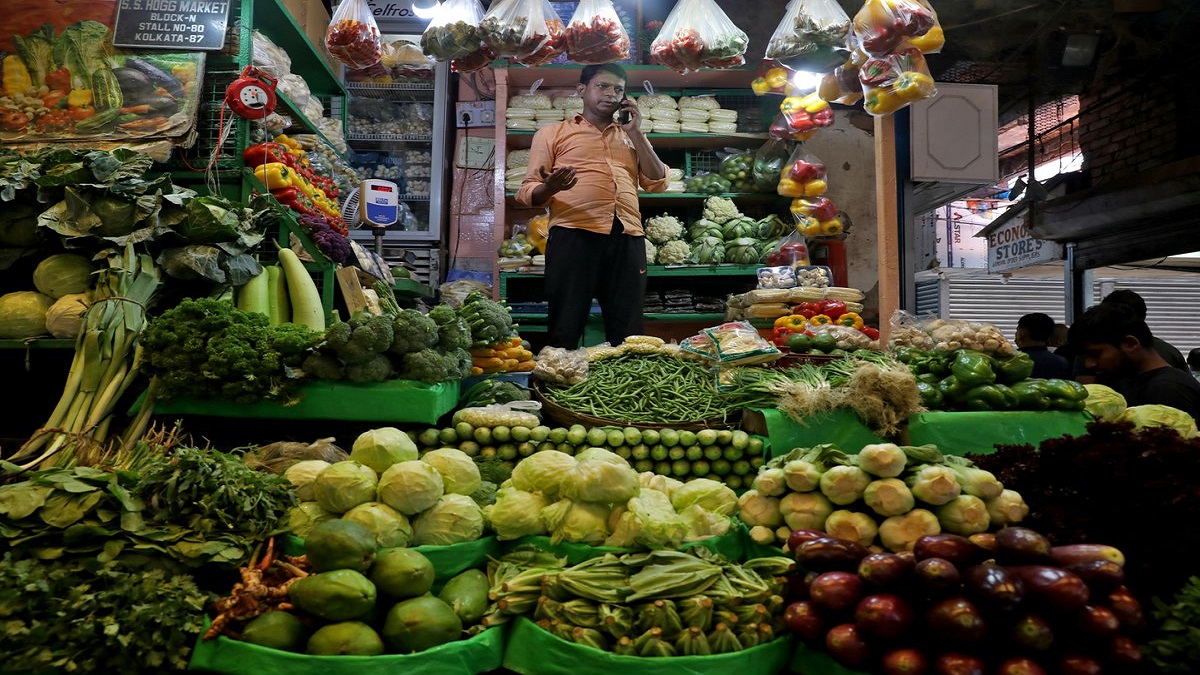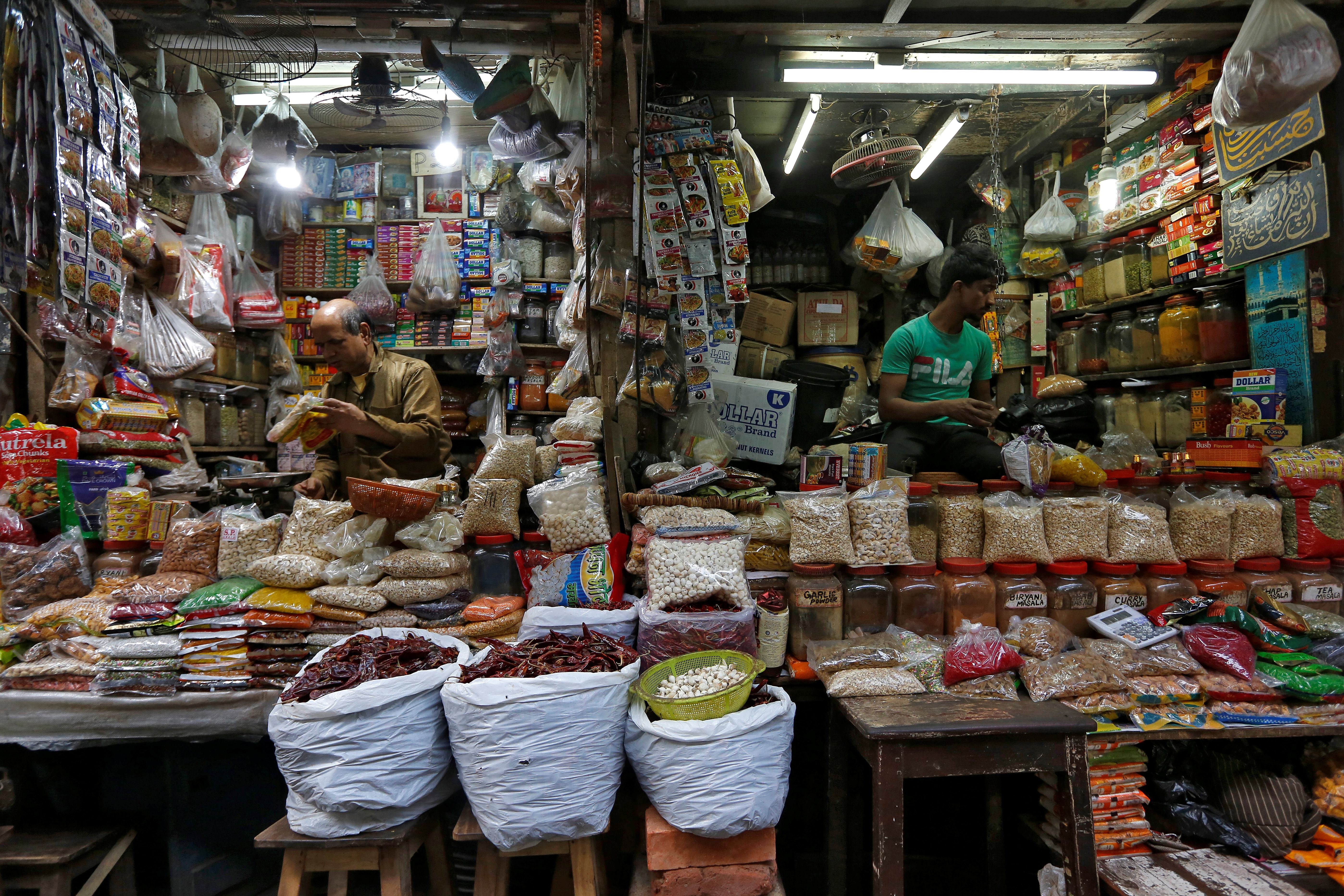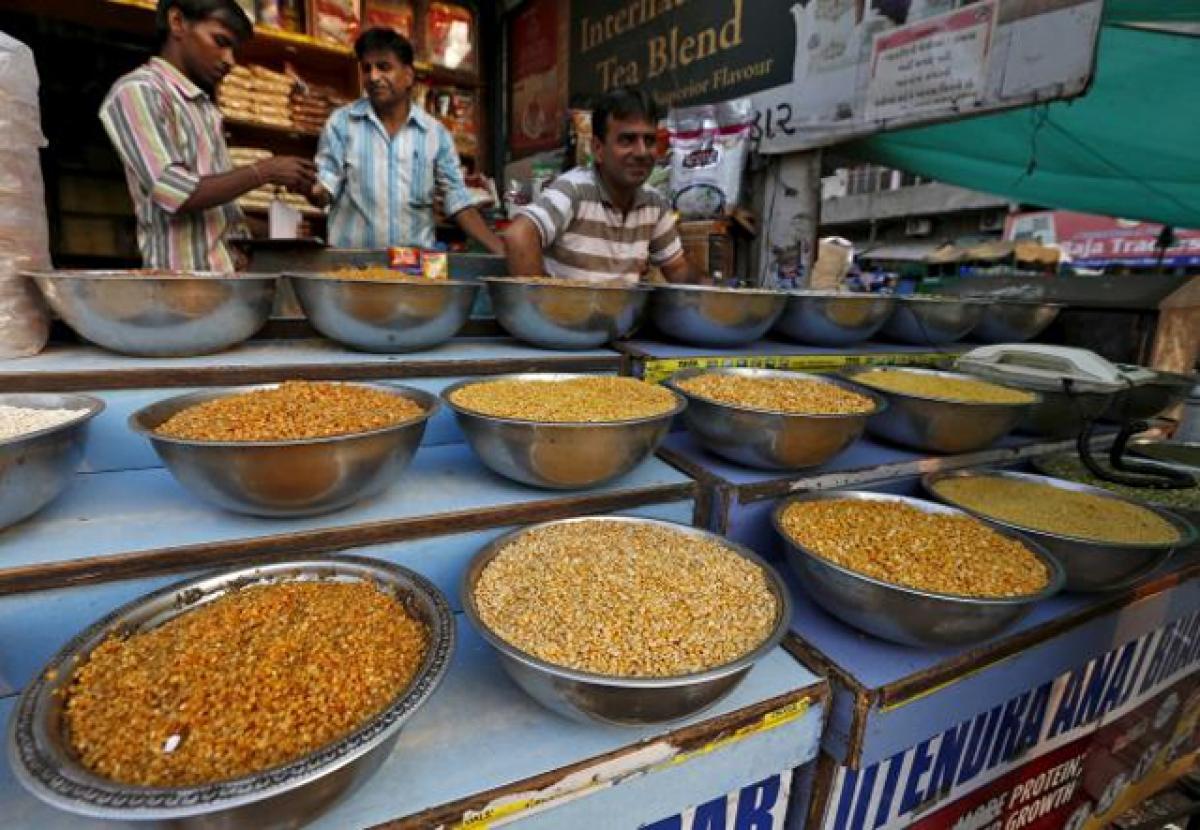India’s Food Price Surge Forces Government Measures to Improve Supplies 2023

India’s Food Price Surge Forces Government Measures to Improve Supplies 2023
The government of India has been forced to take a number of actions to increase supply and reduce inflationary pressures due to a broad increase in the price of basic food items in the country as a result of unequal and scarce rain.
While food price inflation increased to 11.5%, its highest level in more than 3 1/2 years, in July, annual retail inflation reached a 15-month high of 7.44%, necessitating immediate action on the part of Prime Minister Narendra Modi’s government to avoid reaction from voters in approaching state and federal elections.
/cloudfront-us-east-2.images.arcpublishing.com/reuters/FQF62TI2MZJWBBZQQIWZ5ZCTQM.jpg)
According to two government officials who asked not to be identified because they are not licenced to speak to the media, the administration is thinking about extending a free food programme that is scheduled to finish in December in order to lessen the suffering for low-income customers.
The expected cost of food subsidies to the government in 2023–2024 is 1.97 trillion Indian rupees ($23.83 billion), and the cost might increase if the free food programme is expanded.Through its distribution network, the government has increased sales of subsidised vegetables, in particular onions and tomatoes, while releasing supplies of wheat and sugar to the market to lower costs.
According to official sources, the measures might end up costing the government more than $12 billion overall.
In addition, the government is about to ban the export of sugar for the first time in seven years after forbidding the export of important categories of rice last month. The government is reportedly considering importing wheat for the first time in years, according to Reuters.

According to a second government source who also declined to be identified, the government is more concerned about perishables than grains and pulses, which make up the majority of the consumer food basket.
The administration would actively try to reduce inflation while avoiding snap decisions, the insider claimed.
Emails and texts requesting comment were not answered by the Prime Minister’s Office or the Finance Ministry.
According to Gaura Sen Gupta, economist at IDFC First Bank Economic Research, “while the month-over-month momentum of food prices has eased in August partly due to the government’s interventions, uncertainty over the impact of weak rains remains high.”
The first three weeks of August have been unusually dry after above average rainfall in July, which has affected the cost of kitchen basics including cereals, vegetables, sugar, spices, meat, and dairy goods.
When they most need it, crops aren’t getting the essential rainfall, according to Harish Galipelli, director of the trading company ILA Commodities India Pvt Ltd.

As tomato prices reached record highs, consumers were forced to make budget cuts and fast food restaurants like McDonald’s and Subway temporarily removed tomatoes off their menus.
Exporters said that a dry period is affecting harvests in southern and eastern regions, further jeopardising India’s rice crop, which is most affected after being drowned by unpredictable rains in certain rice-growing northern states in July.
According to pulses dealer Nitin Kalantri, prices may stay high for more than a year as the dry season is reducing crop potential.India is attempting to increase the supply of pulses through imports, but suppliers like Australia, Mozambique, Myanmar, and Tanzania only have a little excess to offer.
According to Ashok Jain, president of the Bombay Sugar Merchants Association, sugar prices are also anticipated to increase as demand increases during religious holidays in the upcoming months. Looking further into the future, supplies for the upcoming season are also unknown.
Since there is a 95% possibility that El Nino will prevail from December 2023 to February 2024, there is more uncertainty about the prognosis for both summer and winter crops. El Nino not only brings less rain, but it also maintains temperatures above average.

A Mumbai-based trader with a worldwide trading business warned that a heatwave over the winter might start a second round of price rises.
The food price surge in India has been a subject of concern and debate for the masses and policymakers alike. Rising food prices have a cascading effect on inflation, and they directly impact the daily lives of citizens, especially those from the lower-income groups.
The economic repercussions are far-reaching, affecting the overall GDP growth, increasing the burden on government subsidies, and hampering the livelihoods of millions of farmers.
Recognizing the gravity of the situation, the Indian government has rolled out a slew of measures aimed at stabilizing food prices and ensuring adequate supply.
Unpredictable weather patterns, including unseasonal rains and droughts, have resulted in decreased agricultural productivity, causing a supply-demand imbalance.
Poor agricultural infrastructure, such as inadequate storage and transportation, often leads to significant wastage of perishable food items before they reach the market.
International trade tensions and fluctuations in global commodity prices have also played a role in influencing domestic food prices.

The involvement of middlemen in the food supply chain can escalate costs, creating price volatility and hoarding.
The government has tapped into its strategic food reserves to release essential items like rice, wheat, and pulses into the market, aiming to balance supply and stabilize prices.
The concept of direct purchasing from farmers is being promoted to eliminate middlemen, thereby reducing the price gap between farmers and consumers.
Investments have been made to modernize cold storage facilities, logistics, and transportation to minimize wastage and make food distribution more efficient.
Real-time tracking and monitoring mechanisms have been put in place to identify unusual price movements and take corrective actions swiftly.
Temporary bans or reduced tariffs on imports of essential food items have been implemented to control prices. Simultaneously, restrictions on exports have been eased to help farmers find additional markets.The government has also increased subsidies on essential food items and imposed price ceilings to ensure that prices do not exceed a certain limit.

Policy initiatives are being introduced to promote the local cultivation of food items that are usually imported, aiming to reduce dependency on international markets.
The food price surge has had a significant impact on household budgets, particularly among the economically disadvantaged. Government measures have offered some relief but haven’t fully mitigated the problem. Constant monitoring and policy adjustments are crucial for sustainable solutions.
Inflation triggered by rising food prices can lead to increased interest rates, affecting investment and economic growth. Therefore, managing food prices is also critical for macroeconomic stability.
While immediate measures have been taken, a long-term approach involving technological innovation, sustainable farming, and international collaboration is essential for stable food prices.

India’s food price surge is a complex issue with social, economic, and political ramifications. While the government’s immediate measures have been somewhat effective in stabilizing prices, there’s a long road ahead. Collaboration between governments, industry stakeholders, and citizens is essential for creating a sustainable and equitable food system.




